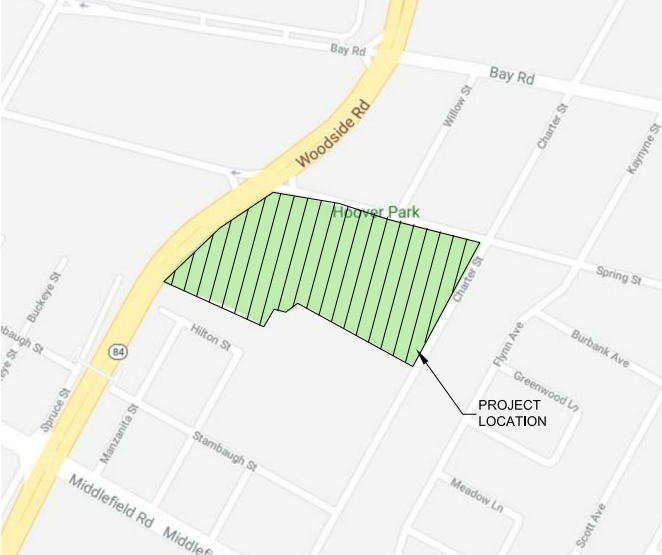Car crashes into Pet Food Express at Sequoia Station

A car collided with the Pet Food Express in Redwood City on Sunday, according to fire officials.
The vehicle struck the business at Sequoia Station, 1099 El Camino Real, about 11:20 a.m. No injuries were reported by fire officials. A cause of the crash wasn’t immediately known.
It wasn’t the first time in recent memory that such an incident has occurred at Sequoia Station.
In November, a driver pressed the accelerator instead of the brakes before crashing into the Bluemercury beauty store. No one was injured in that incident, either.





